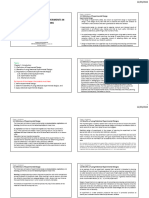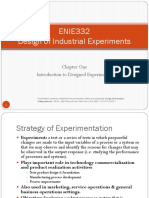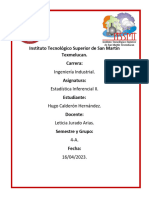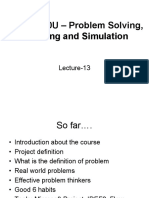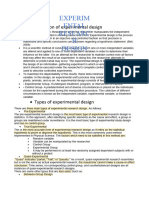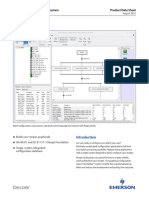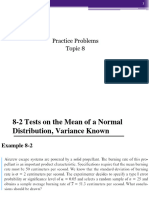0% found this document useful (0 votes)
53 views11 pagesCh3 General Intro Statistical Design of Experiments
Ch3 General Intro Statistical Design of Experiments
Uploaded by
Anshu IngleCopyright
© © All Rights Reserved
We take content rights seriously. If you suspect this is your content, claim it here.
Available Formats
Download as PDF, TXT or read online on Scribd
0% found this document useful (0 votes)
53 views11 pagesCh3 General Intro Statistical Design of Experiments
Ch3 General Intro Statistical Design of Experiments
Uploaded by
Anshu IngleCopyright
© © All Rights Reserved
We take content rights seriously. If you suspect this is your content, claim it here.
Available Formats
Download as PDF, TXT or read online on Scribd
/ 11

